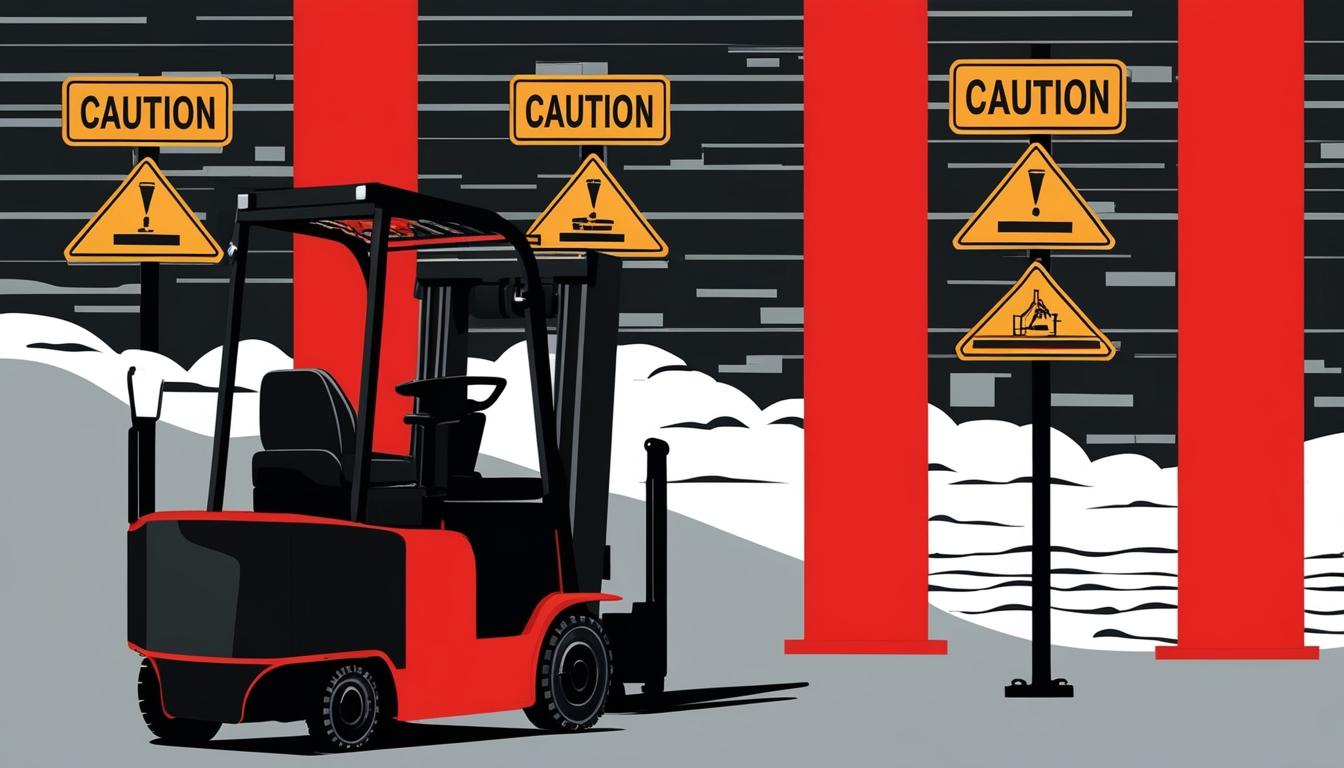As the United States transitions to a new presidential administration following Donald Trump's inauguration on January 20, 2025, businesses across various sectors are adapting to potential changes in trade policies that could significantly impact economic operations and strategies. The manufacturing industry, in particular, is grappling with uncertainty as discussions about implementing tariffs on imports intensify.
Jonathan Dawley, CEO and president of KION North America, a manufacturer of electric counterbalanced forklifts based in South Carolina, articulated the industry's cautious approach. He indicated that KION is in "scenario-building mode" to prepare for potential tariff increases on imported goods. Dawley expressed concern that while anticipating a post-election recovery in market activity, there appears to be stagnation as companies await clarity on policy changes. "What we were hoping is we would get to the election, through the election, breathe a sigh of relief, and begin seeing more purposeful movement on markets bouncing back," he said, further remarking that many businesses are in a similar wait-and-see posture.
Post-election, Trump has signalled the introduction of a 25% tariff on all products from Canada and Mexico and an additional 10% on goods from China, further complicating the landscape for manufacturers. These nations are vital to the U.S. supply chain, as reported by the U.S. Census Bureau. Joey Von Nessen, a research economist at the Darla Moore School of Business at the University of South Carolina, provided insight into the probable repercussions of these tariffs. "At the end of the day, if we look broadly, the net effect of tariffs for the U.S. as a whole tends to be negative," Von Nessen said. He elaborated, explaining that increased tariffs not only inflate the costs of raw materials but might also lead to retaliatory tariffs from trading partners, thus disrupting exports of U.S. goods.
Manufacturers are responding to these dynamics by potentially shifting their operations to localise production. Dawley noted KION’s efforts to move towards a more domestic supply chain to mitigate the risk associated with global imports, stating, "It’s hard to scale a business while trying to import products from around the world." He acknowledged that while the transition towards localisation might not be inexpensive, it could ultimately strengthen U.S. production capabilities.
In Pennsylvania, Don Cunningham, CEO of the Lehigh Valley Economic Development Corp., echoed concerns regarding uncertainty associated with new policies. He highlighted the difference between the rhetoric of a campaign and the implementation of actual policies, suggesting businesses like those in the Lehigh Valley are closely monitoring what existing programs may survive the transition, including initiatives such as The Inflation Reduction Act and The CHIPS and Science Act.
Others, such as Mitch Cahn, president of Unionwear—a New Jersey-based manufacturer known for 100% U.S.-made products—have been proactively positioning their companies within the domestic sphere. Cahn noted an increased interest from businesses seeking to produce domestically, particularly due to the looming threat of tariffs impacting import costs. He further commented on the potential repercussions that changes in immigration policy under the new administration might have on workforce availability, projecting an increase in demand for certain production roles.
Despite these challenges, Cahn believes domestic manufacturing holds promise for growth. He referenced significant upcoming events, such as the FIFA Club World Cup and the 250th anniversaries of the U.S. armed forces and the nation itself, suggesting they will contribute positively to the manufacturing landscape.
The coming years will see how businesses navigate the implications of these changes in administration and its policies, particularly in an industry that has already had to adapt multiple times in recent history. The business community, while familiar with volatility, remains on alert as it seeks to align itself with the economic strategies that will define the future of manufacturing in the U.S.
Source: Noah Wire Services
